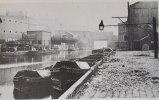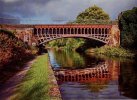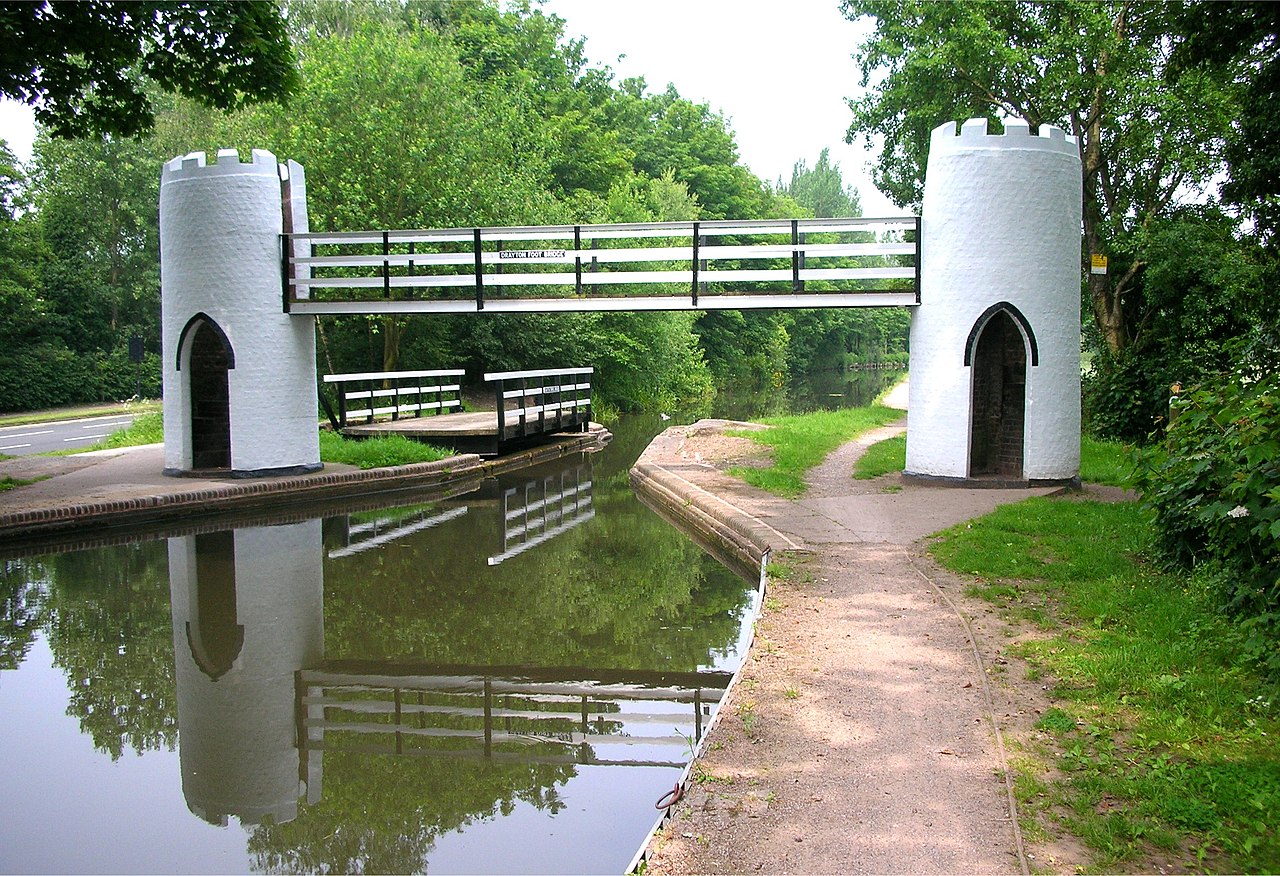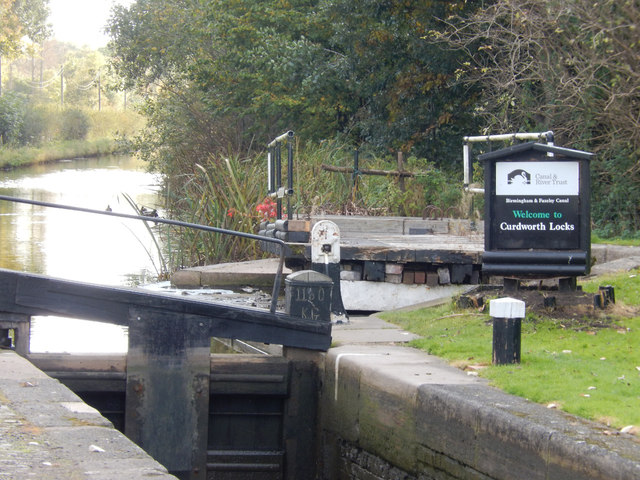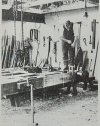Radiorails
master brummie
#Post 1034 in this tread shown a photo of the lock when the guillotine was used. It was made redundant by equalising the water levels between the two canals.
Last edited:
Wonderful picture. So utility looking yet multifaceted with the chimney, canal, locks and variety in type of building! Thanks for sharing.Bowyer Street pumping station, silualed close to Camp Hill Fifth Lock, pictured probably in 1898.
The Warwick canals by Faulkner, Alan H (1985)
View attachment 176216
Is the public house still there? I hope!The Warwick canals by Faulkner, Alan H. (1985)
“Cape Top Lock in Warwick on 9 April 1980 with the Cape of Good Hope public house behind. This has always been a popular stopping place for boats.”
View attachment 176234
That's a different one. The Warwick one is very much still going https://www.thecapeofgoodhopepub.com/It seems that the Cape of Good hope is now Mcdonald's!
The Cape of Good Hope. Dudley Rd. | Birmingham History Forum
rosie.
Looks really busy and enticing!That's a different one. The Warwick one is very much still going https://www.thecapeofgoodhopepub.com/
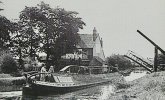
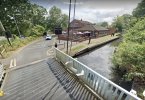
Absolutely agree!The former photograph of the drawbridge and its namesake pub is how I remember it - in the late forties and early fifties - and not 1923. Little had changed in the almost forty years since the photograph was taken it seemed. The pub was a useful place to buy a bag of crisps - with salt of course - and a bottle of lemonade.
The modern photograph does not possess a "countryside charm" which its modern suburbia gives.
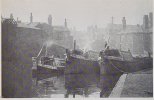
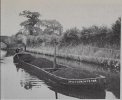
Why not by road or rail, it would be quicker? Probably, but with a number of boats making this journey, overall it may well have been cheaper, and with a constant supply there would be no delay for the user.View attachment 176562
“It was unusual to see a woman on a Birmingham day boat. Possibly as this was a relatively long haul trip for such a boat, the cabin was being used for overnight sleeping. This T. and S. Element boat was photographed at 7.00am in July 1955 about one mile above Curdworth Locks on the Birmingham and Fazeley Canal. Coal was being brought into Birmingham for the GEC plant at Witton from the pits near Atherstone on the Coventry Canal; quite a long trip.”
Narrow boats at work by Ware, Michael E.
The lorries were not so big then and did not have the carrying capacity of the modern vehicles, they were basically the forerunners of the Bedford TKs, capable of carrying about 1500kgs (Sorry for the change of measurement). SWhy not by road or rail, it would be quicker? Probably, but with a number of boats making this journey, overall it may well have been cheaper, and with a constant supply there would be no delay for the user.
